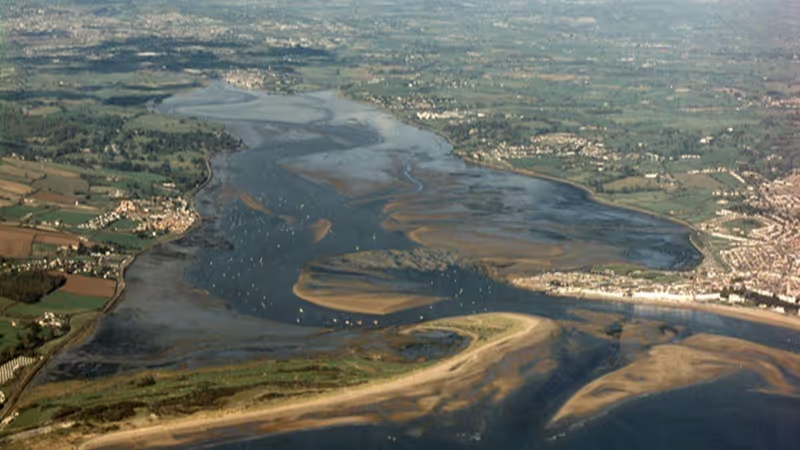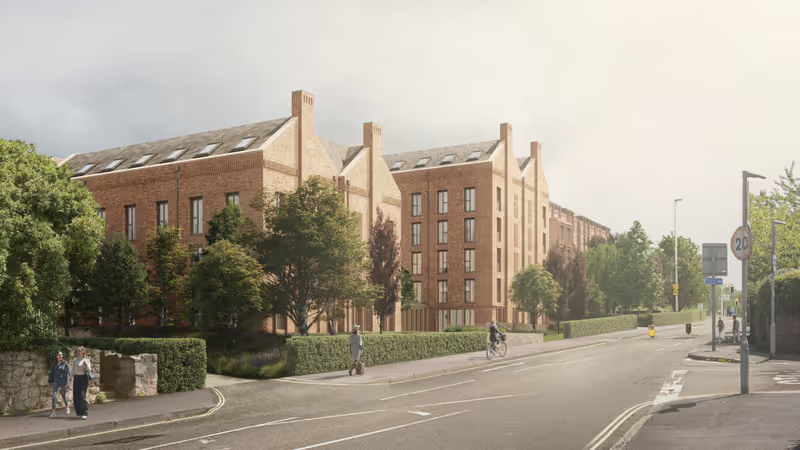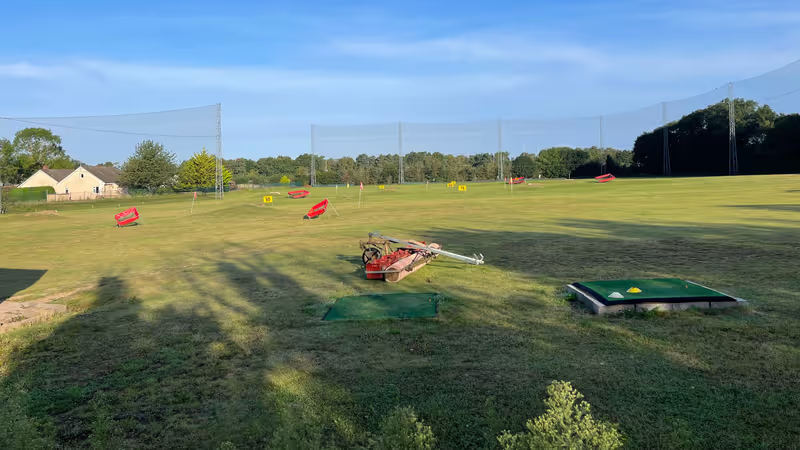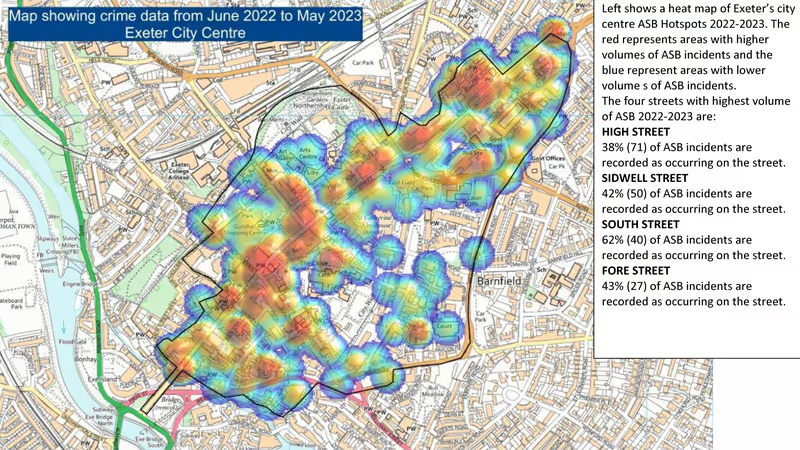Modern Exeter is built on the important Roman military settlement of Isca, where the 5,000-strong Second Augustan Legion were garrisoned for over twenty years. The civilian city developed around the fortress.
Archaeological discoveries of Roman remains have formed a staple of Exeter’s recent history, including a major survey of Cathedral Close in the 1970s and the discovery of a Roman military supply base between Topsham and Exeter city centre in 2015.
So it was not a great surprise to find yet more Roman remains during September 2019 construction work for the new leisure complex on the city’s bus station site.
In a statement Exeter City Council joined in the delight of their specialist consultants, Cotswold Archaeology who also issued a news item on the find. But there is more to the story than this.
 Exeter bus station redevelopment site on which Roman remains were found
Exeter bus station redevelopment site on which Roman remains were found
According to the council’s statement the find was “very important and completely unexpected”. The reports submitted as part of the outline planning application for the redevelopment in 2016 noted that there had been several surveys on the site in recent years, and concluded that this work “has identified no surviving remains of major significance on the site, and as a result there are no constraints in this respect on the principle or layout of the proposed development”.
However version 18 of the project risk register dated 28 November 2017 – the only version available to Exeter Observer - identifies as risk 20 the possibility of finding buried structures on the site during construction. The possible impacts, categorised as high, are identified as delay and additional costs.
The entry indicates that a site survey was carried out and issued, as a mitigation measure. The council subsequently stated that this survey did not identify the remains discovered in 2019 because it was “a simple site survey and did not excavate this far down or in this specific location”.
Exeter City Council responded to questions from Exeter Observer about the implications of the find for bus station redevelopment costs by stating that “no significant extra costs” were incurred; it declined to elaborate on the meaning of “significant”.
At a full council meeting on 15 October 2019, council leader Phil Bialyk said that “the budget for the bus station and leisure complex included sums for anticipated archaeological works and the build plan included assumptions for archaeological works. At present there are no concerns regarding the critical path or the budget.”
Again, he was not specific about the additional cost.
 Bampfylde Street car park beside the bus station redevelopment site, location of part of proposed Citypoint regeneration scheme
Bampfylde Street car park beside the bus station redevelopment site, location of part of proposed Citypoint regeneration scheme
However, former Green Party councillor Chris Musgrave recalls a degree of complacency at the civic centre about the risks of the work being disrupted by archaeological finds. He told us that when he was a councillor he attended a briefing about the revised plans for the bus station development.
“The bids from developers came in much higher than the budget and many opposition councillors, myself included, wanted reassurance that costs were not going to continue to spiral.
“Members were briefed by the then portfolio holder Phil Bialyk and key officers about how the new contract would be structured. Specifically, how costs would be kept down.
“There was a range of cost-cutting measures but one in particular stood out. The council was proposing to sign a contract that had no contingency for the discovery of archaeologically significant remains.
“Given Exeter’s history, I found this strange and asked what a worst-case scenario would cost ratepayers if anything of archaeological significance was found. Officers said that in a worst-case scenario the council would be liable for extra costs of ‘up to £5 million’.
“Councillors were reassured, though, that this would not happen. The council was ‘confident’ the dig wouldn’t find anything significant under the bus station”.
The council did not respond to an invitation to comment on Mr Musgrave’s statement.
 Bampfylde Street car park beside the bus station redevelopment site, location of part of proposed Citypoint regeneration scheme
Bampfylde Street car park beside the bus station redevelopment site, location of part of proposed Citypoint regeneration scheme
Following a request under the Freedom of Information Act, the council recently revealed that the cost of the disruption caused by the find was £56,608 (made up of three weeks overall delay, additional excavation, stockpiling and disposal of soil and plant hire) plus £8,290 for archaeological consultancy for the excavations.
£65,000 may not seem “significant” to the council, but it would cover the cost of employing a middle manager for a year or, indeed, the annual running costs of the thirteen public toilets closed last year on the grounds the city could no longer afford them.
The council initially refused to say whether there was a clause in the contract with Kier, the main contractor, covering a contingency sum in the event of significant disruption from archaeological work, citing commercial confidentiality, but subsequently had a welcome change of mind and confirmed that no such clause existed.
This is consistent with what Chris Musgrave was previously told at the councillors’ briefing.
This time the council was lucky in the sense that the unexpected costs of archaeological work could be contained. However it may not be the end of the matter.
In the January 2020 edition of the Devon Archaeological Society’s newsletter the city council’s heritage officer, Andrew Pye, wrote that the bus station site discoveries “belong to a new, and completely unknown, Roman military site”.
He posits that there is much more to be discovered under the remainder of the site, under what was Bampfylde Street car park, and under Sidwell Street. The council announced in November 2018 that it hopes to see a major redevelopment of this area, which it later designated “Citypoint”.
If the council manages to prise open this development opportunity, it cannot say it has not been warned about what lurks beneath.











